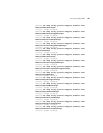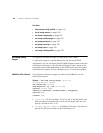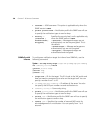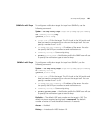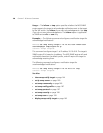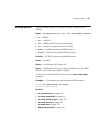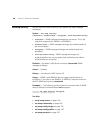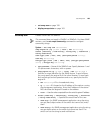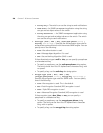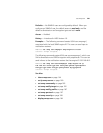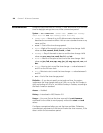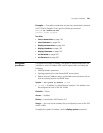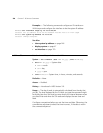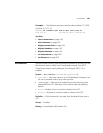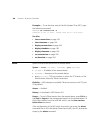
set snmp usm 199
set snmp usm on page 199
display snmp status on page 163
set snmp usm Creates a USM user for SNMPv3.
This command does not apply to SNMPv1 or SNMPv2c. For these SNMP
versions, use the set snmp community command to configure
community strings.
Syntax —
set snmp usm usm-username
snmp-engine-id {ip ip-addr | local | hex hex-string}
access {read-only | read-notify | notify-only | read-write |
notify-read-write}
auth-type {none | md5 | sha} {auth-pass-phrase string |
auth-key hex-string}
encrypt-type {none | des | 3des | aes} {encrypt-pass-phrase
string | encrypt-key hex-string}
usm-username — Name of the SNMPv3 user. Specify between 1 and
32 alphanumeric characters, with no spaces.
snmp-engine-id {ip ip-addr | local | hex hex-string} —
Specifies a unique identifier for the SNMP engine. To send informs,
you must specify the engine ID of the inform receiver. To send traps
and to allow get and set operations and so on, specify local as the
engine ID.
hex hex-string—ID is a hexadecimal string.
ip ip-addr—ID is based on the IP address of the station running
the management application. Enter the IP address of the station.
MSS calculates the engine ID based on the address.
local — Uses the value computed from the switch’s system IP address.
access {read-only | read-notify | notify-only | read-write
| notify-read-write}
— Specifies the access level of the user:
read-only—An SNMP management application using the string
can get (read) object values on the switch but cannot set (write)
them.
read-notify—An SNMP management application using the string
can get object values on the switch but cannot set them. The
switch can use the string to send notifications.



